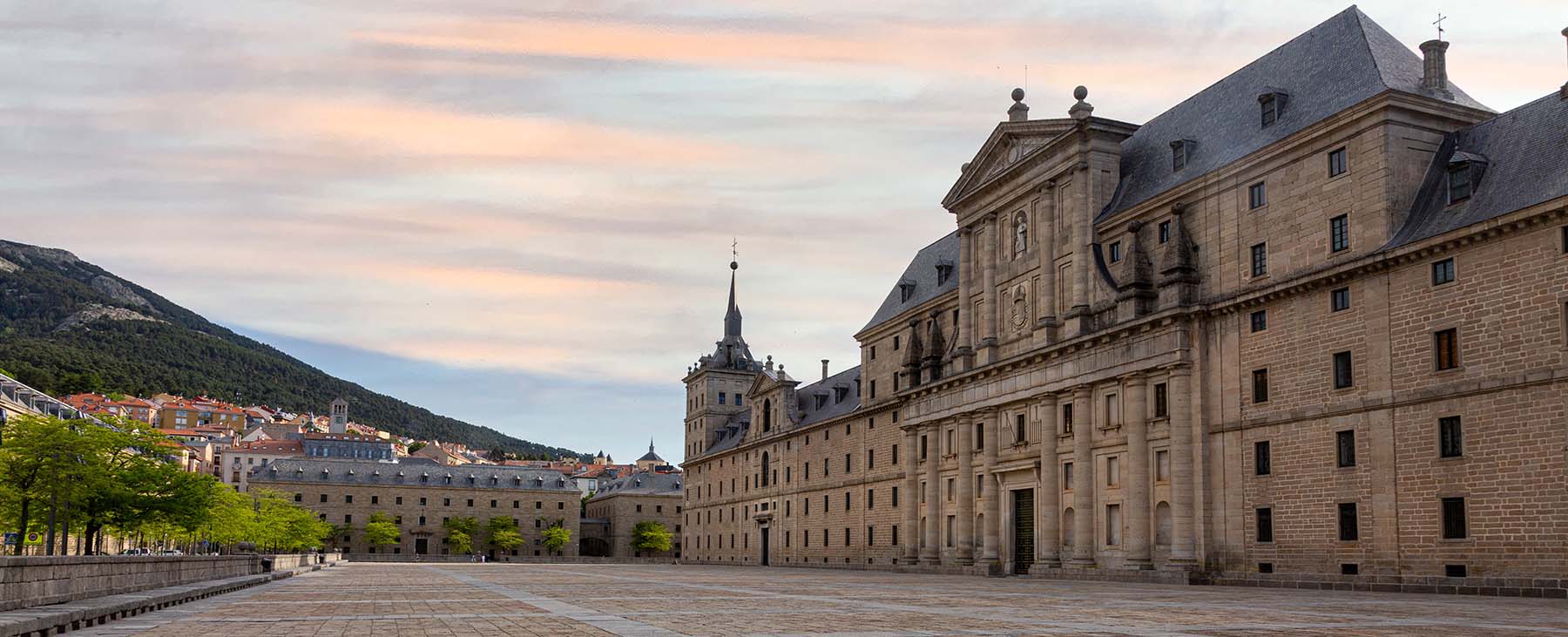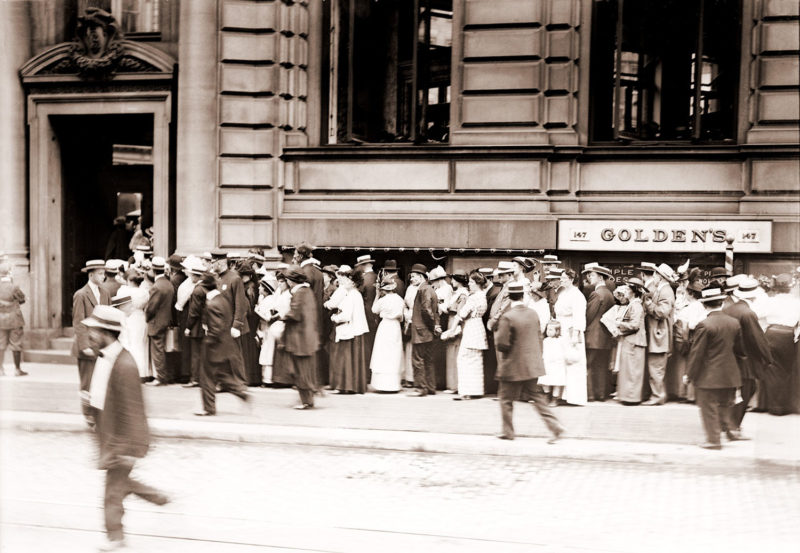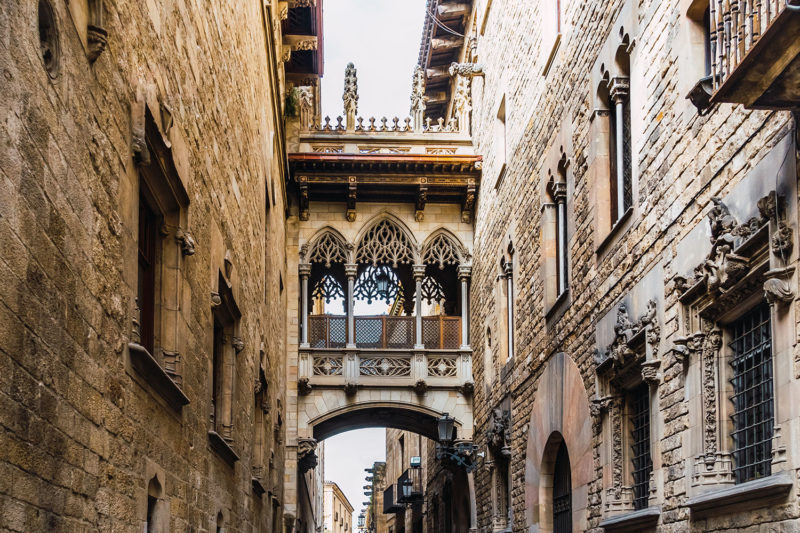

The development of the extractive system
The chronological arc from the Treaty of Tordesillas to the declaration of independence of the United States of America represents the first process – on a global scale – of the distribution and exploitation of the whole world by the European monarchies. During this period, the succulent income produced by the spoils of war or by the indiscriminate plundering of the native populations was transformed into an unprecedented binge of gold and silver, which was introduced into the European economy. For this reason, the construction of the first colonial empires was based on a mercantile economy that enabled them to live up to expectations.
From the outset, the European monarchies were convinced that all the territories of the world belonged to them by right of conquest. In this way, cartography allowed them to gradually extend and possess ownership of land, over which they legitimised themselves as possessors in order to impose – not always by force – their model of civilisation on the native societies.
This process of cultural supremacy was based on the religious certainty of questioning the true human nature of the natives. And the firm belief in this reasoning will motivate the European monarchies to project a geography of large spaces to be Christianised. The greed of the newcomers led to numerous abuses and genocides, but also to an unprecedented demographic catastrophe, as the territories of the new world were reduced to 80% of their native population.
The progressive development of maritime techniques – such as the improvement of the compass, the construction of caravels or the updating of world maps – will allow Europeans to be able to navigate all the seas and oceans that make up the planet in just a few years. This feat will result in the division of the world into two halves, two geographical lines which, drawn between the two poles, will give them the power, signed by the papal authority, to divide the world into zones for navigation, fishing and conquest. The first line will be 370 leagues west of the Cape Verde Islands, while the second will be set at 297.5 leagues east of the Molucca’s.
The discovery of important deposits of precious metals in America – between Mexico and Peru – or the arrival on the islands of Southeast Asian species, led to the foundation or re-foundation of important American, African or Asian cities, which acquired a different territorial role in order to ensure a regular flow of wealth to Europe. The European monarchies thus began to control all trade passing through their territories in order to protect their economic gains.
From the beginning of the 16th century until the mid-18th century, the first colonial empires would maintain a strict mercantile monopoly with their colonies, and trade with people or companies that were not subjects of or related to the Crown would be prohibited. Castile, for example, regarded the English, Dutch and French, not as competitors but as enemies and the cause of acts of piracy.
The colonial mercantilist system
Trade with the colonies was based on the premise that the colonists had to sell their raw materials – at a low price and with high taxes – exclusively to companies designated by the Crown. At the same time, the colonists would only be able to buy consumer goods manufactured by this select group of entrepreneurs. Therefore, monarchies will favour the unlimited enrichment of companies and individuals close to the state, since they will be denied competition. This mercantilist system will create useless needs for the natives and will seek to perpetually maintain the colonies underdeveloped – whether American, African or Asian – in order to nullify possible direct competition with the metropolis.
And to make matters worse, the senior civil servants close to the king’s council will also play a very important role in this innovative economic system, since they had the ability to speed up or delay bureaucratic procedures in order to favour one or the other. The emergence of illicit and parallel trade between colonies was therefore inevitable and led many entrepreneurs, both large and small, to seek ways of circumventing the bureaucratic controls imposed by the Crown itself.
Acting as nouveau riche, the first colonial empires – mainly Castile – will spend an indecent amount of economic resources to build their concept of civilisation. This obsession – sometimes uncontrolled – will lead them to embark on countless conflicts of all kinds, such as theological disputes, family conflicts, commercial affairs or lavish megalomaniac constructions.

“This mercantilist system will create useless needs for the natives and will seek to perpetually maintain colonies underdeveloped – both American, African and Asian – in order to nullify possible direct competitors with the metropolis”.
Financing the empire with precious metals
Coinciding with the time of greatest economic extraction from the American colonies – between the late 16th and early 17th centuries – Castile spent more than 7 million ducats to maintain its fleet in the Mediterranean during the famous Battle of Lepanto. In approximately seven years, a staggering 11.7 million ducats would be spent to finance the countless campaigns in Flanders.
To commemorate the victory in the battle of Saint-Quentin against the French troops, more than 6.5 million ducats will be spent to build the magnificent Royal Monastery of San Lorenzo de El Escorial. Thanks to the construction and launching of the Grande y Felicísima Armada, the well known Invincible Armada, 9 million ducats were sent directly to the bottom of the sea. And of course, this Catholic and universal civilisation will need to build a new capital on the banks of the Manzanares River. For the reader who is curious about the conversion, the ducat of the 16th and early 17th century would currently be equivalent to around 167.1 euros. True, the figures are… shocking!
Therefore, between 1500 and 1650, the Castilian monarchy – and by proximity, the rest of the European monarchies – lived in a veritable economic bubble generated by the massive influx of precious metals. The latest studies estimate that the Castilian Crown extracted some 17,000 tonnes of silver and 70 tonnes of gold from the American colonies. This metal binge led the state to have a distorted view of the real economy.
The paradox occurred when, despite the huge inflow of gold and silver and the collection of high taxes, they did not cover all the expenses incurred by the state. We should bear in mind that the Castilian Crown would only use this extraordinary wealth to finance all the delusions of grandeur of the Castilian elites, which in most cases would come into direct conflict with the real needs of the population. For this reason, when the oligarchies of a country were more interested in working for lavishness than for the real possibilities offered by the reinvestment of capital, all this leads to the destruction of the productive fabric itself.
Indebtedness of the Castilian Crown
By the mid-17th century, the Castilian Crown was in debt to the tune of more than 100 million ducats. This gigantic debt forced them to declare successive suspensions of payments. To plug this hole, the Crown was forced to issue a large amount of public debt, which would end up in the hands of the main European banks, such as the German banks – the Fuggers and the Welsers – and the Genoese banks of the Spínola, Centurione, Balbi, Strata and, above all, Gio Luca Pallavicino. The Crown will pay the Welsers by granting them the exploitation of the mines in Mexico and the right of conquest over extensive territories in what are now Venezuela and Colombia. For their part, the Fuggers will obtain all the commercial concessions over the territories of Chile and Peru. Today, they are some of the most powerful families of the continent. And, all the luxourious palaces of the strada nuova de Genova, principal artery of luxury in the city, still today, they constitute the biggest concentration of aristocratic residences in all of Europe.
Faced with the successive financial crises that the Castilian Crown began to suffer, many European businessmen living in the American colonies preferred not to ship their precious metals to Castilian ports – a monopoly granted in Cádiz and Seville – for fear of the massive confiscations decreed by the Crown. They, therefore, sought to invest their assets in other emerging sectors of the colonial economy at the end of the 17th century, such as agriculture, livestock and manufacturing production.
The Castilian Crown was therefore forced to look for new and regular sources of income. For this reason, it set in motion the ambitious plan of the king’s minister, the Count-Duke of Olivares, known as the Unión de Armas, which would require each kingdom that formed part of the Hispanic Monarchy – that is, mainly Portugal and the Crown of Aragon – to contribute a certain amount of money and soldiers.

“By the middle of the 17th century, the Castilian Crown would have an economic debt of more than 100 million ducats. This gigantic debt forced them to declare successive suspensions of payments”.
Relaxing the trade monopoly
Portugal, which had been part of the Hispanic Monarchy since the end of the 16th century, refused to grant any further economic contribution, given that Castile exploited its colonies, which led to a war that lasted more than 28 years. Finally, with the economic support of England and Holland, Portugal managed to free itself from the control of the Habsburgs, but the price it had to pay involved the cession of important territories in Brazil and the change of ownership of the colonies of Ceylon (now Sri Lanka), Cape Town, Goa, Bombay, Macao and Nagasaki, among others.
As for the Crown of Aragon, the Castilian oligarchy did not gauge the situation correctly when it accepted that King Philip IV would swear the Catalan constitutions, a sine qua non condition for obtaining the desired funds. Ignorance of the laws regulating the king’s functions within the Catalan territories would be the focus of important institutional discussions, given that the king – within the Principality – was obliged by law to explain the use of the resources granted. For their part, the Catalans were more interested in having their proposals for new Catalan constitutions approved and grievances addressed than in engaging in absurd wars.
But at the genesis of the institutional debate – between Castile and the Principality – we find a much deeper problem. If, since the end of the 16th century, Castile had moved towards a political system of an absolutist nature, where power resided in a single person, who decided without being accountable to any parliament, the opposite was true in the Principality, where the General Courts of Catalonia were the legislative body representing all strata of society, including the king.
The constant inflow of precious metals into the Castilian economy would remain stable until the mid-18th century, but only a very small percentage would remain within the Castilian economic system since the rest would continue to be used to pay off the monstrous debt of the State. Historiography estimates that it was not until 1820 that the Spanish state recovered from this huge expenditure, largely due to the fact that it had annexed the productive economy of the whole of the peninsular Mediterranean strip at the beginning of the 18th century.
The system of privileges and monopolies developed by the Bourbon trade policy continued to fail, and new agents had to be introduced to guarantee the viability of trade with America. Therefore, with the Royal Decree of Free Trade of 2 February 1778, the monopoly of Cádiz and Seville was definitively broken and Catalonia’s direct trade with America was favoured, which provided a new way of doing business. Funnily enough, today, 34% of Spain’s GDP continues to be contributed by the productive economy of the entire Mediterranean peninsular strip. Therefore, nothing happens by chance…
11Onze is the community fintech of Catalonia. Open an account by downloading the super app El Canut for Android or iOS and join the revolution!
Leave a Reply
You must be logged in to post a comment.





Molt bon article.
Gràcies
Gràcies!
Gràcies a tu, Joan! Seguim a La Plaça!
Moltes gràcies! Sempre es interessantisim saber-ne la història que hi ha al darrere de tota explotació econòmica👌
Gràcies, Jordi pel teu interès! Sempre és bonic rebre les impressions dels lectors de la comunitat. Seguim a La Plaça!
Gràcies Oriol per posar els punts sobre les is de diversos relats religiosos, polítics i econòmics ( l’eix principal i el perquè de tot plegat) .
Se m ‘ ha fet curt !
Gràcies, Mercè! Mai el ChatGPT podrà assolir el nostre raonament. Si ho fem estarem uniformitzant el coneixement i perdrem l’esperit crític, base de la democràcia. Analitzar el passat amb ulls crítics és del tot necessari per saber que està passant. Seguim a La Plaça!